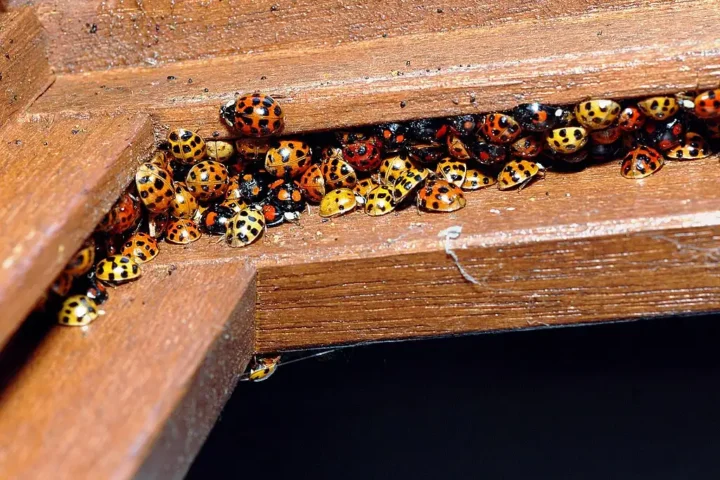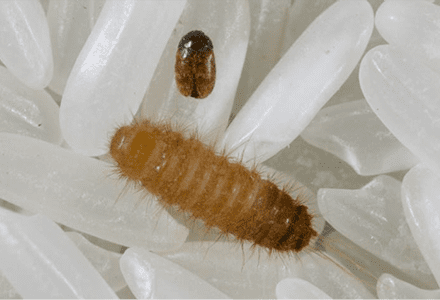In the tranquil waters of Hamilton Harbour, a silent but significant transformation is unfolding, one that has far-reaching implications for the ecosystem. At the heart of this transformation is a seemingly innocuous species: the goldfish. In a groundbreaking study led by C.M. Boston and a team of dedicated scientists, startling insights have been unearthed about the burgeoning population of these invasive fish in this Lake Ontario embayment.
Goldfish (Carassius auratus), introduced both intentionally and accidentally, primarily through the ornamental fish trade and baitfish industry, have made Hamilton Harbour their home. In the early 2000s, an increase in their numbers was noted, raising ecological concerns. This population surge was meticulously studied using acoustic telemetry, a method that has offered unprecedented knowledge about their seasonal patterns, habitat preferences, and spawning behaviors, thanks to the diligent efforts of Boston and the research team.
The data are compelling. The study observed that the goldfish population in Hamilton Harbour displayed clear preferences for over-wintering and spawning areas. Most of these fish were found to be residents of the harbour, with a notable exception being one individual that ventured outside. Researchers developed predictive models based on Cumulative Growing Degree Days (CGDD) and Day of Year (DOY) to anticipate their spawning migrations. Surprisingly, these goldfish moved to spawning areas at water temperatures as low as 9.7°C, challenging previously established thresholds of 15.0°C to 22.0°C.
Similar Posts
The broader implications of these findings, as illuminated by Boston and colleagues, are profound. Goldfish, alongside common carp, are known to drastically alter aquatic ecosystems. Their presence results in increased turbidity, nutrient mobilization, and a decline in macrophytes, invertebrates, and native fish populations. Such changes can ripple through the food web, affecting the overall health of the ecosystem.
The human element in this ecological narrative is poignant. The introduction of goldfish, a species native to Eastern Asia, into North American waters is a story of human activity inadvertently reshaping nature. Hamilton Harbour itself, a 21 km² sheltered embayment, bears the scars of industrialization, with about 70% of its historical wetland habitat lost. In this transformed landscape, goldfish have found a stronghold.
In addressing this issue, the researchers’ approach is holistic, considering various factors that influence goldfish behavior. For instance, the study’s use of acoustic telemetry to track 19 adult goldfish provided detailed insights into their depth preferences and residency patterns within the harbour. The findings from these analyses are crucial in developing targeted management strategies to control the goldfish population.
The study also reflects on the effectiveness of existing conservation efforts. Hamilton Harbour has been designated as an Area of Concern (AOC) under the Great Lakes Water Quality Agreement, with remedial actions aimed at restoring fish populations and habitats. The resurgence of goldfish, however, underscores the complexity of ecological restoration in the face of invasive species.
Looking forward, the study suggests potential pathways for mitigating the impact of goldfish. The development of predictive models based on environmental cues like CGDD and DOY could guide targeted removal of goldfish during spawning aggregation, a crucial step in controlling their population.
The research on goldfish in Hamilton Harbour, led by C.M. Boston and team, serves as a stark reminder of the intricate connections within ecosystems and the unforeseen consequences of human actions. It challenges us to rethink our relationship with nature and underscores the importance of continuous monitoring and adaptive management in conservation efforts.


















